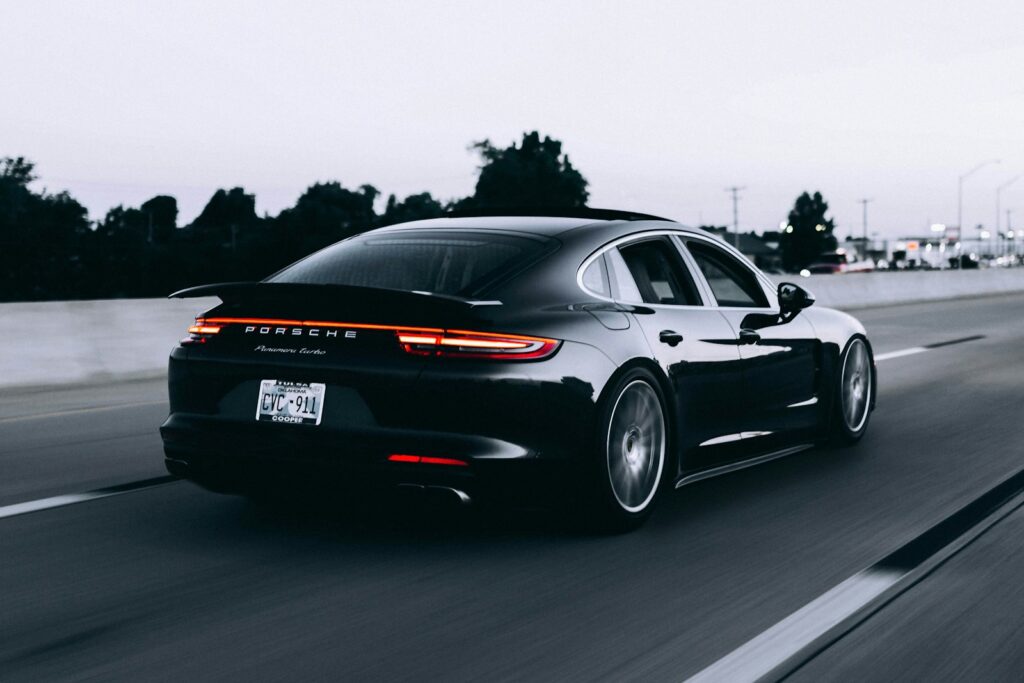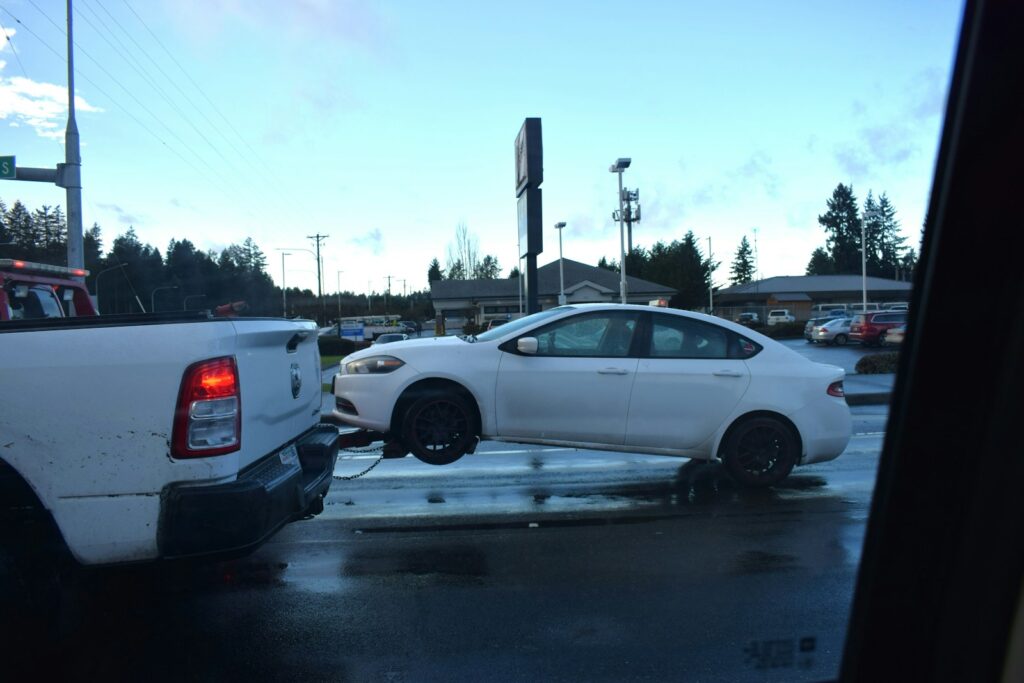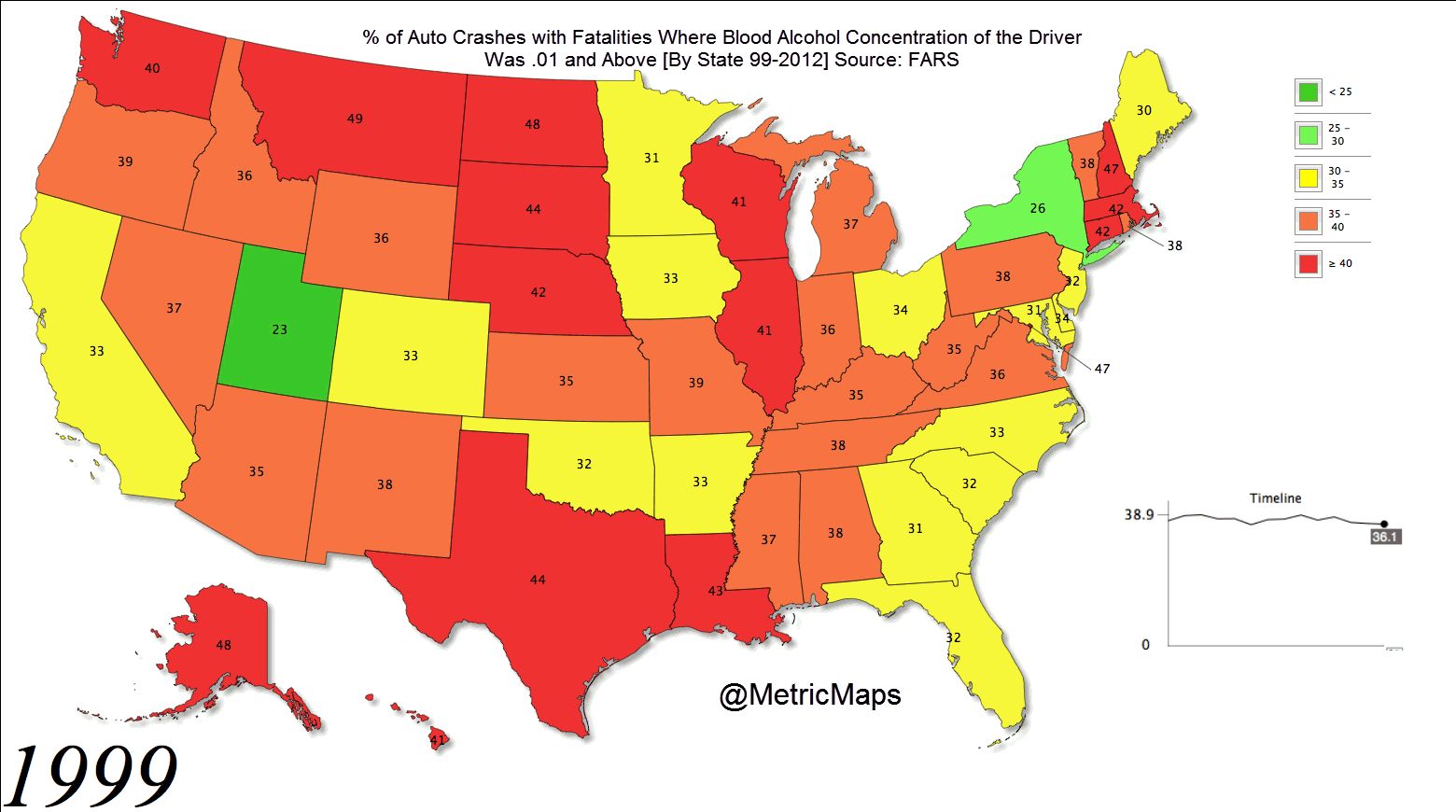Marelli Holdings Co., a prominent Japanese-Italian auto parts giant and a critical supplier to global automakers including Nissan Motor Co. and Stellantis NV, has formally initiated Chapter 11 bankruptcy proceedings in the United States. This significant development underscores the profound financial challenges confronting a key player within the automotive supply chain, battling years of mounting debt and a confluence of macroeconomic and industry-specific pressures. The filing, made public earlier this week, represents a strategic endeavor to restructure its vast debt burden and regain financial equilibrium, aiming for stability amidst turbulent industry currents.
The implications of Marelli’s insolvency extend far beyond its immediate balance sheet, potentially rippling through the production lines of several major car manufacturers that depend on its crucial components. With billions in total debt obligations and substantial sums owed to companies like Stellantis and Nissan, the bankruptcy highlights the precarious position of suppliers caught between volatile market demands, disrupted global logistics, and the costly transition towards new automotive technologies. The situation reflects a broader trend of stress within the automotive supplier ecosystem.
This in-depth analysis will meticulously dissect the factors leading to Marelli’s current predicament and the immediate fallout of its Chapter 11 declaration. We will explore the historical context of its formation, the multifaceted external and internal pressures it has faced, and the intricate web of financial obligations that have led to this pivotal moment for one of the industry’s significant component providers. Our examination aims to provide clarity on the complexities surrounding this high-profile bankruptcy.
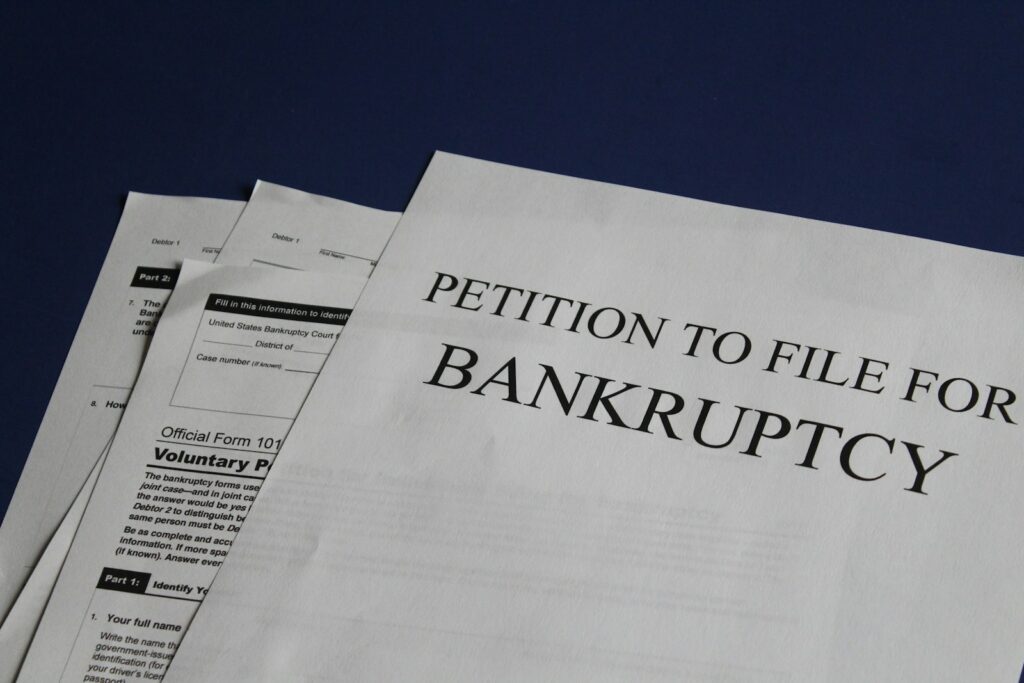
1. **Marelli Holdings Co. Files for Chapter 11 Bankruptcy**Marelli Holdings Co., the long-struggling auto-parts supplier for Nissan Motor Co., Stellantis NV, and other carmakers, has officially filed for Chapter 11 bankruptcy protection in the U.S. This critical move comes after months of intense scrutiny and uncertainty regarding its financial health, as the company grappled with significant debt and operational complexities across its extensive global footprint. The Chapter 11 filing provides a legal framework for Marelli to reorganize its finances under court supervision while crucially continuing its day-to-day business operations, a key distinction from outright liquidation that offers a path towards recovery.
Company CEO David Slump articulated the strategic rationale behind this decision in a recent statement, asserting that “entering the Chapter 11 process is the best path to strengthen Marelli’s balance sheet by converting debt to equity.” This declaration signals that the bankruptcy is not merely a reactive measure to financial distress but rather a calculated, proactive step designed to secure new liquidity and fund long-term growth and innovation. The intent is to emerge from this process as a more resilient and financially robust entity, capable of sustained operations in a highly competitive market.
Furthermore, Marelli has been keen to manage perceptions and impact, emphasizing that the bankruptcy process is specifically limited to its U.S. operations. This strategic carve-out aims to contain any direct ripple effects or operational disruption on its vast network of global subsidiaries, ensuring that business outside the U.S. can continue largely unaffected. Such a precise approach is vital for maintaining customer confidence and ensuring a smoother transition during the restructuring period, allowing for continued deliveries of essential components.
The decision to file for Chapter 11 bankruptcy also reflects a broader, more challenging trend observed within the automotive industry, where suppliers are increasingly vulnerable to economic shifts and technological transitions. Marelli’s move underscores the growing pressures on component manufacturers to adapt swiftly to evolving market demands, often with limited financial flexibility. By opting for this legal protection, Marelli aims to maintain operational continuity, reassure its customer base, and continue delivering critical parts and technologies, all while it recalibrates its financial structure for a sustainable future.

2. **Billions in Debt Obligations and Key Creditors**At the core of Marelli’s profound financial woes lies a staggering and persistent debt burden that has shadowed the company for several years. Public records and company statements indicate that Marelli owed its lenders an approximate ¥1.1 trillion ($7.6 billion) in 2022. This figure was, at the time, recognized as the largest debt ever recorded for a Japanese manufacturer, vividly illustrating the scale of the financial distress. While subsequently reduced to around ¥650 billion, this substantial sum continued to represent a formidable challenge, signaling that prior debt management efforts, though present, were insufficient to stem the tide.
The Chapter 11 filing has brought into sharp relief the specific financial obligations Marelli holds towards its most prominent automaker clients. The company currently owes Stellantis a considerable $454 million, while Nissan is owed $313 million. Cumulatively, these two automotive giants alone account for a combined $767 million in outstanding debts, highlighting their significant exposure to Marelli’s financial health. Such figures underscore the deep commercial interdependencies within the automotive ecosystem, where the financial instability of one crucial supplier can create substantial liabilities for major manufacturers.
Beyond its primary automaker creditors, Marelli’s financial entanglements extend to other significant industry players. Mazda is listed among the unsecured creditors, with an outstanding claim of $30 million. Tesla, a relatively newer entrant to the automotive landscape but a rapidly growing force, also holds a claim of $22 million against Marelli. These additional claims further demonstrate the extensive reach of Marelli’s operations and the broad impact its financial struggles have across diverse segments of the global automotive sector, from traditional manufacturers to cutting-edge electric vehicle producers.
The consortium of Marelli’s creditors is not limited to its direct automotive partners but also encompasses major international financial institutions. Deutsche Bank AG, Mizuho Financial Group Inc., Seoul-based MBK Partners Ltd., and New York’s Fortress Investment Group LLC are all identified among the lenders involved in this complex situation. This diverse and powerful group of financial stakeholders is pivotal to the ongoing restructuring efforts, underscoring the intricate web of relationships and multi-billion-dollar financial commitments that Marelli must meticulously navigate through its Chapter 11 bankruptcy proceedings. Their cooperation and agreement are essential for the successful execution of any proposed reorganization plan.
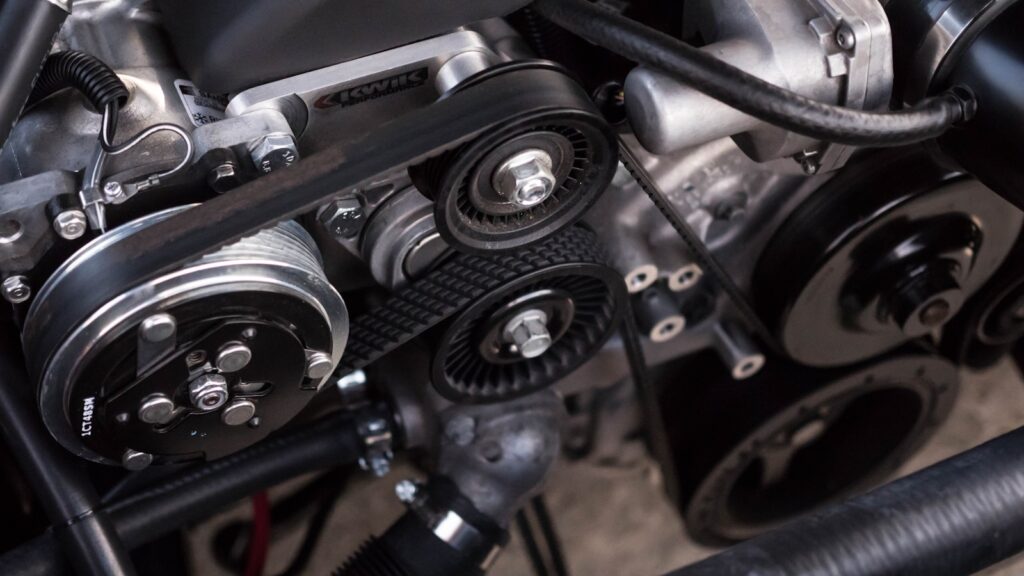
3. **Critical Dependence of Automakers on Marelli**Marelli’s significant role as a top-tier auto parts supplier means that its Chapter 11 bankruptcy filing is not an isolated event but a critical concern for a multitude of global car manufacturers. The company specializes in manufacturing an array of crucial components, making it an indispensable link in the automotive supply chain. These include highly visible and functional items such as car interiors and advanced lighting systems, alongside other vital mechanical and electronic parts like air conditioning units, electric motors, and suspension components. These are far from optional accessories; they are fundamental elements required for the assembly, safety, and overall functionality of modern vehicles, from basic models to luxury lines.
The reliance on Marelli is particularly acute for key clients such as Stellantis and Nissan, who collectively face substantial financial exposure due to the supplier’s outstanding debts. However, the potential for disruption extends well beyond these two primary customers. The context explicitly highlights that several prominent brands operating under the Stellantis umbrella could also face significant production delays. This includes iconic names like Jeep, Dodge, and Maserati, alongside Chrysler, Abarth, Citroen, and Vauxhall. This broad spectrum of affected marques indicates a deep and pervasive integration of Marelli’s components across various vehicle platforms and diverse market segments, amplifying the potential impact of any supply interruption.
The overarching concern for these automakers is the potential for severe operational disruption. A halt or even a slowdown in the supply of Marelli’s specialized components could lead directly to bottlenecks in vehicle production, creating significant manufacturing challenges. Such interruptions can have cascading effects, leading to delays in meeting delivery schedules for new vehicles, ultimately impacting sales figures, brand reputation, and quarterly financial results. The automotive industry operates on highly optimized, just-in-time supply chains, making any unexpected break in the flow of parts acutely disruptive.
While Marelli has publicly stated its intention to minimize operational disruption during its restructuring process, the inherent uncertainties of bankruptcy proceedings mean that automakers are closely monitoring the situation. The predicament vividly underscores the delicate equilibrium of the automotive supply chain, where the insolvency of a single major supplier like Marelli can send ripples throughout the entire industry. It forces manufacturers to consider contingency plans, reassess supplier risks, and potentially explore alternative sourcing options, even as they hope for Marelli’s successful reorganization and continued partnership.

4. **Historical Context: The KKR Merger and Post-Pandemic Struggles**Marelli’s current financial predicament is deeply intertwined with its relatively recent corporate history, particularly the ambitious merger orchestrated in 2019 by KKR & Co., the prominent US-based private equity group. It was KKR’s strategic vision to create a global automotive components powerhouse by combining its existing Calsonic Kansei unit with Magneti Marelli, an Italian auto parts division it had acquired from Stellantis (then Fiat Chrysler) for a substantial sum of $6.6 billion. This merger was conceived to leverage the combined strengths, technologies, and market reach of both entities, aiming to achieve significant synergies and economies of scale in a competitive global market.
However, the reality for the newly integrated Marelli entity proved to be far more challenging than anticipated. Almost immediately following its formation, the company began to struggle to establish a stable financial and operational footing. The pressures it faced suggested that the envisioned synergies and streamlined operations, which often underpin such large-scale mergers, did not materialize as effectively or as quickly as projected. This period of internal struggle and integration difficulties laid a vulnerable foundation, making the company susceptible to external shocks that would soon follow.
The onset of the Covid-19 pandemic globally, shortly after the merger, catastrophically compounded Marelli’s nascent difficulties. The pandemic precipitated an unprecedented downturn in the global automotive sector, leading to drastic reductions in vehicle production, severe disruptions to already complex global supply chains, and the creation of a highly volatile and unpredictable demand environment for automotive manufacturers and their network of suppliers. Marelli was directly caught in the eye of this economic storm, with these pervasive issues weighing heavily on its bottom line and pushing it into an increasingly precarious financial position, from which it has been unable to fully recover despite previous attempts at restructuring.
The lingering effects of the pandemic, including shifts in consumer behavior and persistent logistical challenges, continued to hinder Marelli’s recovery efforts. The company found itself in a prolonged period of instability, where the initial promise of the KKR-led merger gave way to a relentless battle against market forces and operational headwinds. This historical trajectory, from ambitious integration to post-pandemic vulnerability, provides essential context for understanding the deep-seated challenges that ultimately culminated in the Chapter 11 filing.

5. **External Pressures: Tariffs, Supply Chains, and Industry Upheaval**Beyond its internal operational complexities and historical integration challenges, Marelli’s financial distress has been profoundly shaped by a formidable array of external macroeconomic and industry-specific pressures. Tariffs, in particular, exerted a significant and detrimental influence. CEO David Slump explicitly highlighted this impact in a court filing, stating that “Marelli was severely affected by tariffs due to its import/export-focused business and the imposition of tariffs specifically against automotive manufacturers and suppliers.” This global trade friction directly translated into increased costs for materials, components, and finished goods, severely compressing Marelli’s profit margins and overall profitability in key markets.
Furthermore, the persistent and “lingering supply-chain problems,” initially ignited by the global Covid-19 pandemic, continued to plague Marelli long after the immediate crisis had subsided. These disruptions were not merely inconveniences; they included critical shortages of essential components, such as semiconductors, alongside pervasive logistical bottlenecks and escalating freight costs. Such prolonged issues made it exceedingly difficult for Marelli to produce and deliver parts efficiently, on time, and within budget, further eroding its financial stability and complicating any efforts to meet customer demands or recover lost ground.
Moreover, the entire automotive industry is undergoing a profound and rapid transformation, often described as an “industry upheaval.” Marelli has found itself caught in the vortex of this shift, as global carmakers are forced to fundamentally alter their strategies to contend with declining sales in established markets and anticipate future trends. This broader industry instability, characterized by intense competition and evolving consumer preferences, has created a particularly challenging operational environment. These market dynamics, coupled with a backdrop of rising inflation, persistent labor shortages across various regions, and soaring raw material prices, collectively created an intensely hostile economic climate, leaving Marelli with few viable options outside of its current bankruptcy filing as a means of seeking respite and reorganization.

6. **The Role of Electrification and Automation in Marelli’s Woes**The broader “industry upheaval” that has significantly contributed to Marelli’s financial difficulties is in large part driven by the accelerating global transition towards electrification and automation within the automotive sector. This paradigm shift, while holding immense promise for the future of transportation and environmental sustainability, presents daunting challenges and necessitates colossal capital investments for traditional auto parts suppliers. Companies like Marelli, historically rooted in conventional vehicle technologies, are now compelled to invest heavily in extensive research and development, retooling of manufacturing capabilities, and strategic partnerships to adapt their existing product portfolios for the burgeoning electric vehicle (EV) market and advanced autonomous driving systems.
This strategic pivot towards new technologies demands a substantial financial outlay at precisely the moment Marelli was already staggering under the weight of a heavy debt load and struggling with operational inefficiencies. The context explicitly notes that automotive suppliers are “being hit harder than ever due to shrinking margins and constant delays in EV-related transitions.” This statement highlights a critical and challenging dilemma for companies like Marelli: the urgent imperative to innovate and adapt for future market demand for EVs, contrasted against severe immediate financial constraints and the often slow and uncertain pace of return on investments in emerging EV technologies.
The relentless pressure to transform its core business for electrification and automation, without adequate financial agility or existing infrastructure, has placed immense strain on Marelli’s balance sheet and operational capacity. Coupled with a concurrent decline in sales within traditional internal combustion engine (ICE) vehicle markets—where Marelli historically held a stronger position—the company found itself at a significant competitive disadvantage in a rapidly evolving industrial landscape. This technological transition, therefore, stands as a profound and underlying factor in Marelli’s inability to regain its financial footing and underscores the profound capital intensity required to remain relevant in the future of mobility.
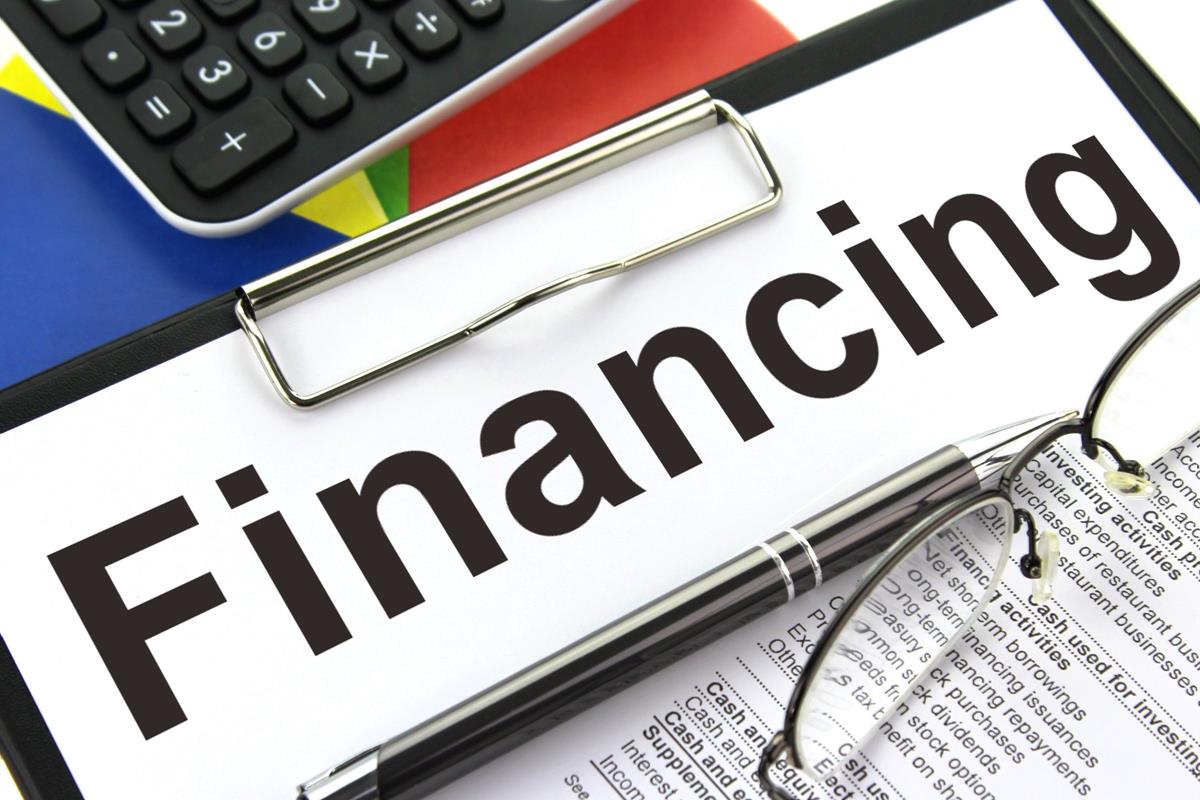
7. **Securing $1.1 Billion in Debtor-in-Possession (DIP) Financing**Amidst its profound financial restructuring, Marelli Holdings Co. has successfully secured a significant infusion of $1.1 billion in debtor-in-possession (DIP) financing from a syndicate of its major lenders. This critical financial lifeline is not merely a stopgap measure but a strategic funding mechanism designed to ensure the company’s operational continuity while it navigates the complexities of the court-supervised Chapter 11 process. The funds are earmarked to maintain day-to-day business, ensuring stability during this transitional period.
This new round of financing provides Marelli with the necessary cash flow to sustain its extensive operations. It specifically enables the company to meet its payroll obligations to employees, continue its vital manufacturing activities across its global network, and crucially, fulfill ongoing contractual commitments with its numerous automaker clients. The ability to secure such substantial financing underscores a level of confidence from its lenders in Marelli’s long-term viability and its potential for successful reorganization.
According to court documents, the DIP financing package is comprehensive, extending beyond immediate operational needs. It is structured to cover various administrative expenses associated with the bankruptcy proceedings and to provide a strategic cushion for implementing significant organizational and financial changes. Marelli itself has stated that this amount, when combined with cash generated from its ongoing operations, is ‘expected to provide sufficient liquidity to support the company through the Chapter 11 process,’ ensuring a stable financial footing during this critical phase.
In securing this substantial financial backing, Marelli aims to send a clear message of reassurance to its diverse stakeholders—customers, employees, and partners alike. The company’s intention is to demonstrate its commitment to continued operations and the uninterrupted delivery of critical parts and technologies. This move is a fundamental step in building trust and minimizing market uncertainty as it works towards a more stable future.
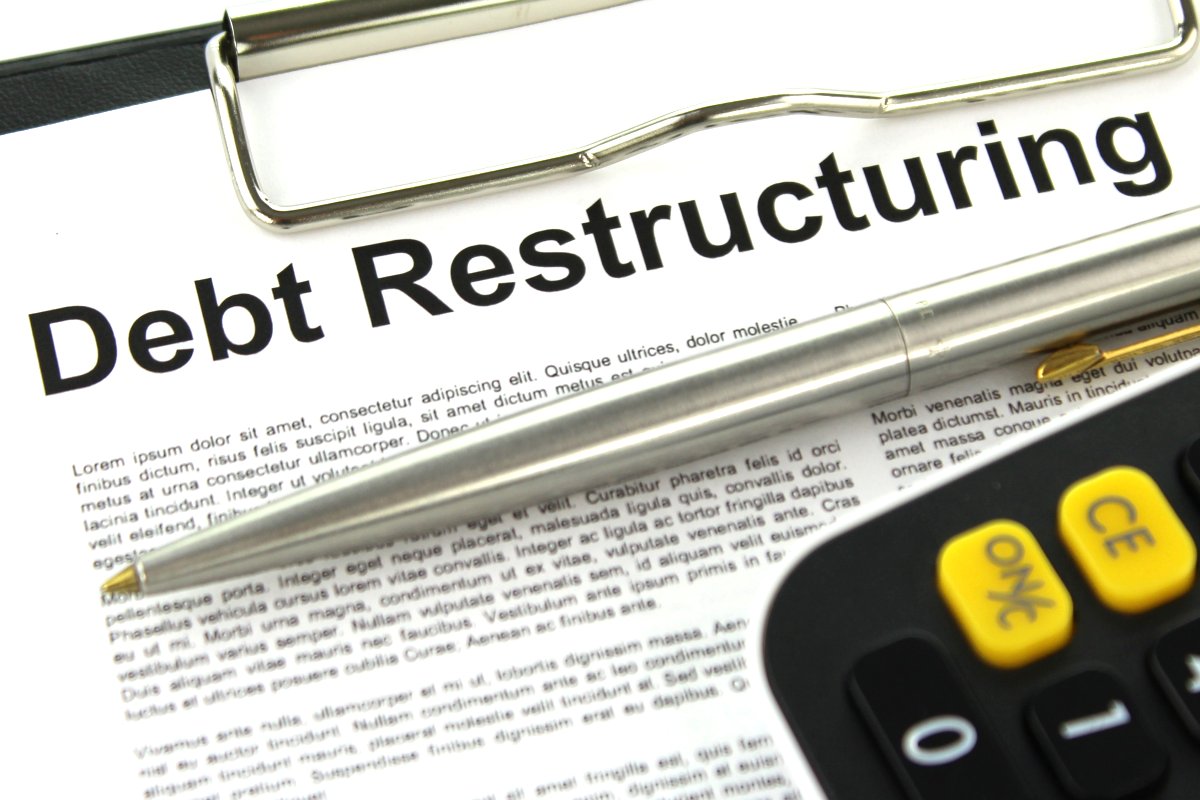
8. **Specifics of Marelli’s Restructuring Agreement and Lender Support**The Chapter 11 filing is underpinned by a robust restructuring agreement, meticulously crafted and endorsed by a significant majority of Marelli’s lenders. Approximately “80% of the company’s lenders have signed an agreement to support the restructuring,” Marelli affirmed in a public statement. This widespread consensus among its creditors is a pivotal element, lending substantial credibility and momentum to the proposed reorganization plan, which aims to recalibrate its financial structure for future sustainability.
A core objective of this comprehensive agreement is to drastically reduce Marelli’s formidable debt burden. The restructuring deal is designed to ‘deleveraging Marelli’s balance sheet and strengthen its liquidity position,’ with a specific target to eliminate total debt obligations amounting to approximately $4.9 billion. This substantial deleveraging is critical for freeing up capital that can then be reinvested into operations, research, and development, particularly for emerging automotive technologies.
The consortium of lenders involved in this intricate financial restructuring extends beyond its direct automotive partners, encompassing a powerful array of international financial institutions. Key players identified among these creditors include Deutsche Bank AG, Mizuho Financial Group Inc., Seoul-based MBK Partners Ltd., and New York’s Fortress Investment Group LLC. The participation of such prominent global entities highlights the significant financial stakes involved and the broad reach of Marelli’s creditor network.
The collective support from this diverse and powerful group of financial stakeholders is indispensable for the successful navigation of Marelli’s Chapter 11 proceedings. Their cooperation, endorsement, and adherence to the terms of the agreement are paramount for the effective implementation of any proposed reorganization plan. This unified front among creditors is a strong indicator of a coordinated effort to bring Marelli back to financial health, providing a framework for its future operations.

9. **Impending New Ownership Under Strategic Value Partners (SVP)**A pivotal outcome of Marelli’s restructuring initiative is the impending shift in its ownership, with global investment firm Strategic Value Partners LLC (SVP) poised to take the helm. Sources familiar with the matter indicated that SVP, led by Victor Khosla, is set to ‘effectively become the new owner of Marelli’ as part of a deal that has successfully garnered satisfaction from the company’s creditors. This transition represents a fundamental change in the leadership and strategic direction of the auto parts giant.
The mechanism for this ownership transfer involves KKR & Co., the US-based private equity group that played a central role in Marelli’s creation in 2019 through the merger of Calsonic Kansei and Magneti Marelli. As part of the proposed restructuring deal, KKR will transfer its shares in Marelli to the consortium of lenders. This move signals a divestment by KKR and the formalization of a new ownership structure designed to stabilize Marelli’s financial and operational trajectory.
Strategic Value Partners’ emergence as the effective new owner underscores its leadership in brokering a deal that appeases a complex web of creditors. This leadership role is crucial in facilitating the restructuring process and providing a clear path forward for the company. The shift in ownership structure is intended to inject fresh capital and strategic guidance necessary for Marelli to thrive in an intensely competitive and evolving automotive landscape.
While KKR was instrumental in the ambitious merger that formed Marelli, its share transfer to the lenders consortium marks a significant change from its initial vision. This transition reflects the ongoing efforts to address Marelli’s financial challenges head-on, with new strategic partners stepping in to guide the company through its next phase. The new ownership is expected to bring renewed focus and resources to overcome past obstacles and capitalize on future opportunities in the global automotive sector.
10. **Marelli’s Vast Global Operational Footprint and Workforce**Marelli’s substantial operational scale is a testament to its integral position within the global automotive supply chain. The company is a major employer, with a workforce exceeding 50,000 individuals spread across its worldwide operations. This extensive human capital is central to its manufacturing prowess and its capacity to deliver a broad spectrum of automotive components to clients across continents.
Headquartered in Saitama, Japan, Marelli’s physical presence is equally impressive, encompassing approximately 170 facilities globally. These manufacturing sites and technical centers are strategically located to serve a diverse international customer base, producing a wide array of critical components. This distributed network ensures a comprehensive reach, but also adds layers of complexity to its supply chain and operational management.
The breadth of Marelli’s product line, spanning from sophisticated lighting systems and car interiors to crucial electric motors, advanced air conditioning units, and robust suspension components, positions it as an indispensable component provider across diverse vehicle segments. This comprehensive offering highlights why its stability is paramount to the smooth functioning of the automotive supply chain worldwide, impacting everything from compact cars to luxury vehicles.
The company’s vast global footprint means its operations are deeply intertwined with regional economies and international trade flows. This extensive reach, while a source of strength in terms of market penetration, also exposes Marelli to a multitude of regulatory, economic, and logistical challenges, as evidenced by its struggles with tariffs and supply chain disruptions. Managing such a complex global network effectively is crucial for its ability to navigate financial difficulties and ensure sustained delivery to its customers.
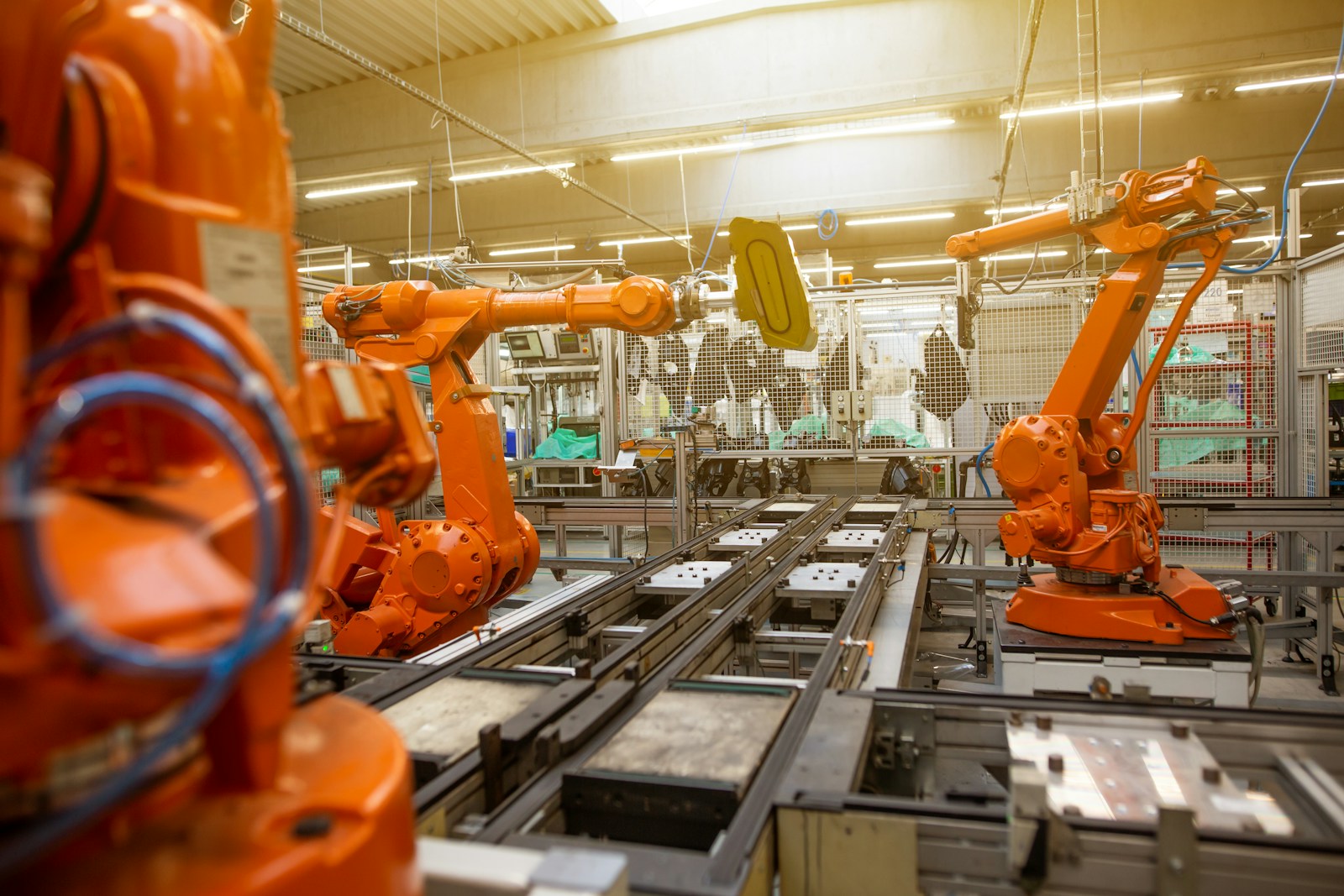
11. **Potential Implications for Major Automotive Brands and Their Production Lines**While Marelli has publicly expressed its unwavering intention to minimize operational disruption during its restructuring process, the inherent uncertainties of bankruptcy proceedings mean that potential ripples could affect numerous major automotive brands. The company’s specialized parts are deeply integrated into various vehicle platforms, making any interruption in supply a significant concern for automakers that operate on just-in-time inventory models.
The risk of production delays is particularly pronounced for several prominent brands operating under the vast Stellantis umbrella. The context explicitly highlights that iconic names such as Jeep, Dodge, and Maserati, alongside Chrysler, Abarth, Citroen, and Vauxhall, could face considerable setbacks. This broad spectrum of affected marques underscores the deep and pervasive integration of Marelli’s components across diverse market segments and vehicle types, amplifying the potential impact of any supply interruption.
A halt or even a slowdown in the reliable supply of Marelli’s crucial components could directly lead to bottlenecks in vehicle production across various assembly lines. Such manufacturing challenges can have cascading effects throughout the automotive ecosystem. These include significant delays in meeting delivery schedules for new vehicles, which in turn can impact sales figures, damage brand reputation, and negatively affect quarterly financial results for the car manufacturers.
Automakers are reportedly monitoring the situation with vigilance, assessing potential risks and contingency plans. While Marelli has assured its partners of its commitment to existing agreements, the delicate equilibrium of the automotive supply chain means that manufacturers are evaluating alternative sourcing options and reassessing their supplier risk profiles, even as they hope for a swift and successful reorganization of Marelli.
Read more about: When Automotive Giants Stumble: Unearthing the Toxic Pasts of 14 Iconic Vehicles and Brands

12. **Chapter 11 as a Strategic Maneuver for Long-Term Stabilization**Marelli’s decision to file for Chapter 11 bankruptcy should be understood not as a catastrophic collapse, but rather as a calculated and strategic step aimed at comprehensive regrouping and financial recovery. By leveraging the legal framework of Chapter 11 protection, the company is actively working to regain financial control and solidify its position as a key player within the global automotive supply chain for the long haul. This approach allows for a structured reorganization rather than an uncontrolled liquidation.
This strategic maneuver provides Marelli with the necessary breathing room to reorganize its vast financial obligations under court supervision. The successful securing of over a billion dollars in fresh debtor-in-possession financing is a testament to this strategic intent, providing crucial liquidity to maintain operations and invest in future growth. It demonstrates a proactive effort to address its deep-seated financial issues systematically.
The company’s ability to attract substantial lender support during such a tumultuous period signals that Marelli continues to hold significant intrinsic value in the eyes of investors and customers alike. Despite the challenging path ahead, the confidence shown by its creditors underscores a belief in Marelli’s fundamental business and its potential to re-emerge as a more robust and competitive entity in the transforming automotive landscape.
Marelli CEO David Slump articulated this strategic rationale, stating, “This process provides us with the best framework to restructure our balance sheet and position Marelli for long-term success.” This leadership perspective frames the bankruptcy filing as a deliberate choice for structural improvement, enabling Marelli to fund its innovation pipeline and secure a sustainable future in an industry undergoing profound changes.
The coming months will undoubtedly be critical as Marelli meticulously crafts and implements a new blueprint for its future. This reorganization plan will be vital in addressing the legacies of its past financial challenges while simultaneously preparing the company to effectively navigate the evolving demands of electrification, automation, and a dynamic global market. The outcome will set a precedent for how major auto parts suppliers adapt and endure in an era of unprecedented industry transformation.
Marelli’s Chapter 11 filing, therefore, represents a watershed moment not just for the company, but for the broader automotive supply chain. It underscores the immense pressures on suppliers navigating an industry in flux, demanding unprecedented investment in new technologies while battling macroeconomic headwinds. The strategic decisions made in the coming months will determine not only Marelli’s fate but also offer crucial insights into the resilience and adaptability required for survival in the future of mobility.


